“I lost 40 hours of leave last year,” my coworker bragged to me, arms flopped over my cube wall.
“Couldn’t you roll that over?” I ask, knowing the response before it comes. “No, I maxed out the 80 hours of leave I can roll over and ended up losing 40. It’s my own fault I guess. Just too busy.”
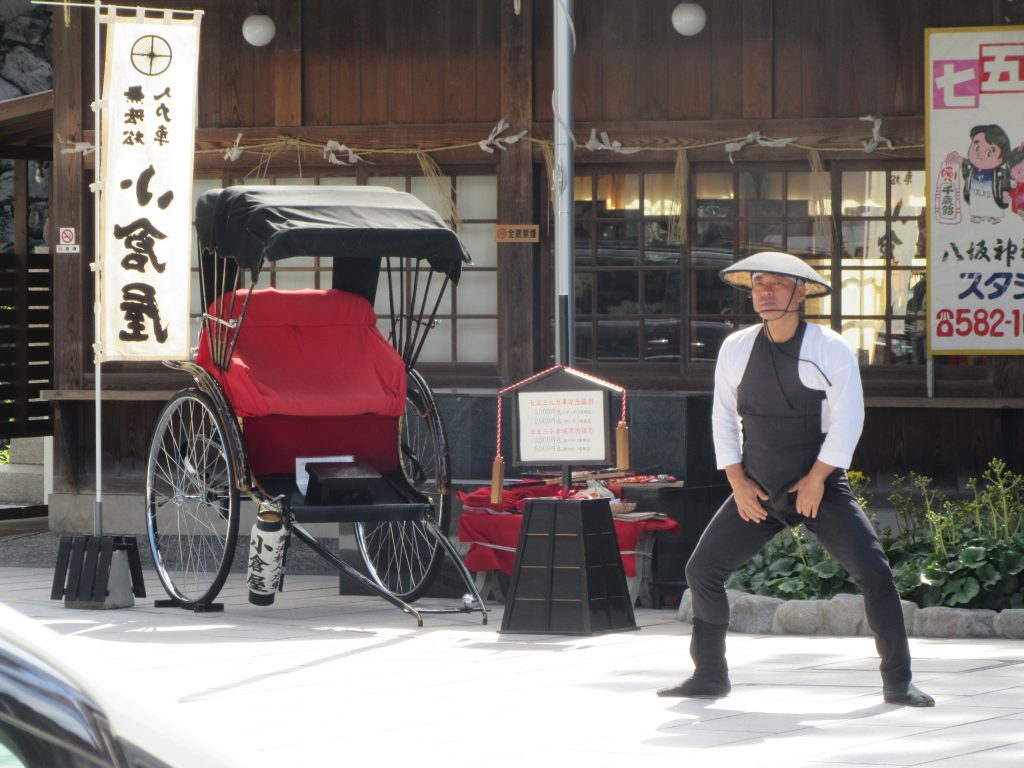
I have lost count of how many similar conversations I’ve had with coworkers over the years. Men – and it has always been men as women are the assumed caregiver for whom taking time off is expected – bragging about how they are so important, so needed, that they couldn’t possibly use any of their leave. Younger, naïve Katie would assume that family pressures had eliminated their ability to take a long exotic trip.
“Why don’t you just take every Friday off for five weeks?” I’d suggest. “Sleep in, take your kids to the park.” These suggestions were pedantically ignored.
“Can you imagine every Friday off? This place would come to a standstill.”
I have news for you guys. It won’t. The office doesn’t care about you and your company is not your friend. Americans live in a No Vacation Nation, with 47% of us not using our full leave and 21% losing five or more days each year.* Of course, none of these people are martyrs. Many feel like they can’t take leave without being penalized at work while a quarter of American’s don’t get a single day of paid time off a year.**
I bring this up understanding how privileged I am to have a flexible job with a few weeks off a year, yet, refuse to accept the status quo of 80 hours slowly accumulated over a year. We deserve to explore, relax and live. A former co-worker died of a heart attack days after telling me he canceled a trip to Nashville with his wife out of his fear that the work would pile up. I write this not only to justify a short six-day trip I took to Japan last year but to remind myself not to fall into the same trap as my fellow employees. Perhaps next time when someone brags about losing vacation to me, I can help encourage them to take a moment for themselves at the cost of the corporation. Don’t worry, it’ll be there when we all get back.
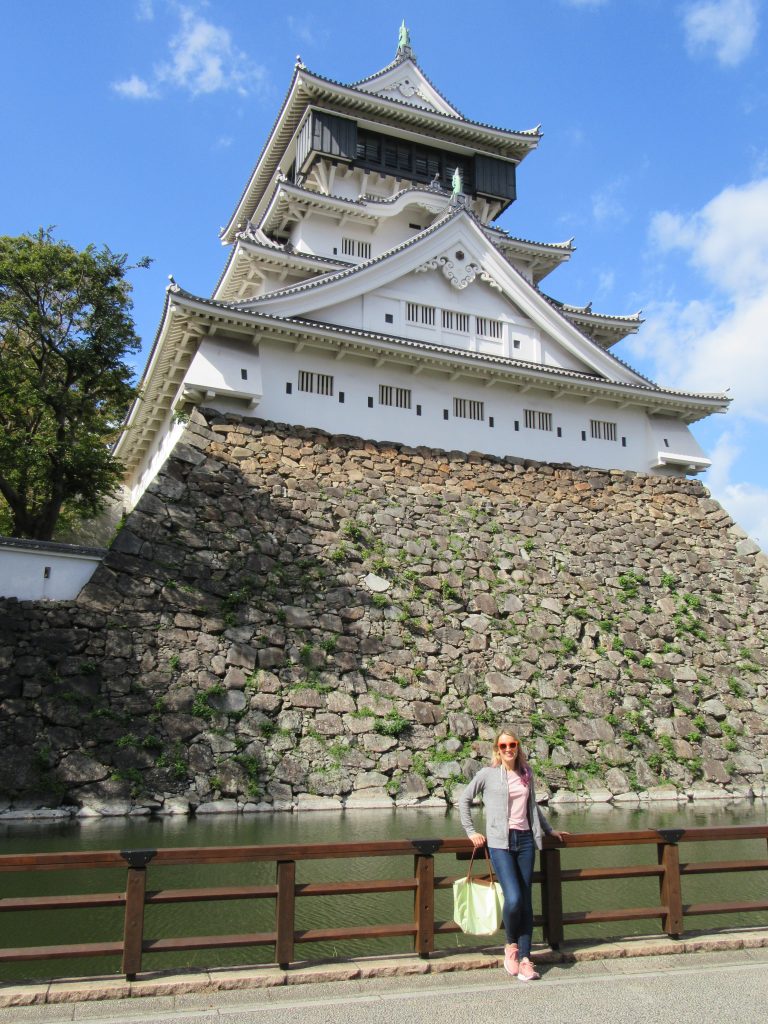
Six days in Japan
Joining Eric in Fukuoka, Japan where he attended a conference five days after we returned from Germany was a last minute decision. I had already traveled to Fukukoka while living in South Korea and the cost after another larger trip was difficult to justify. Yet, I had the PTO, our dream dog sitter was ready to go and my pile of reasonable excuses started slipping away. Opportunities like this come up so rarely, I’d be a fool to turn one away. After one work week at home, we repacked our bags for a long flight and a short stay in Japan.
Eric’s conference was in Fukuoka, the largest city on the southernmost major Japanese island of Kyushu. He would be attending the conference for the first three days and then we would have the four days to sightsee. Japan is a large nation and we decided it was best to keep our short trip confined to a small region. We didn’t venture outside of Northern Kyushu for our entire trip.
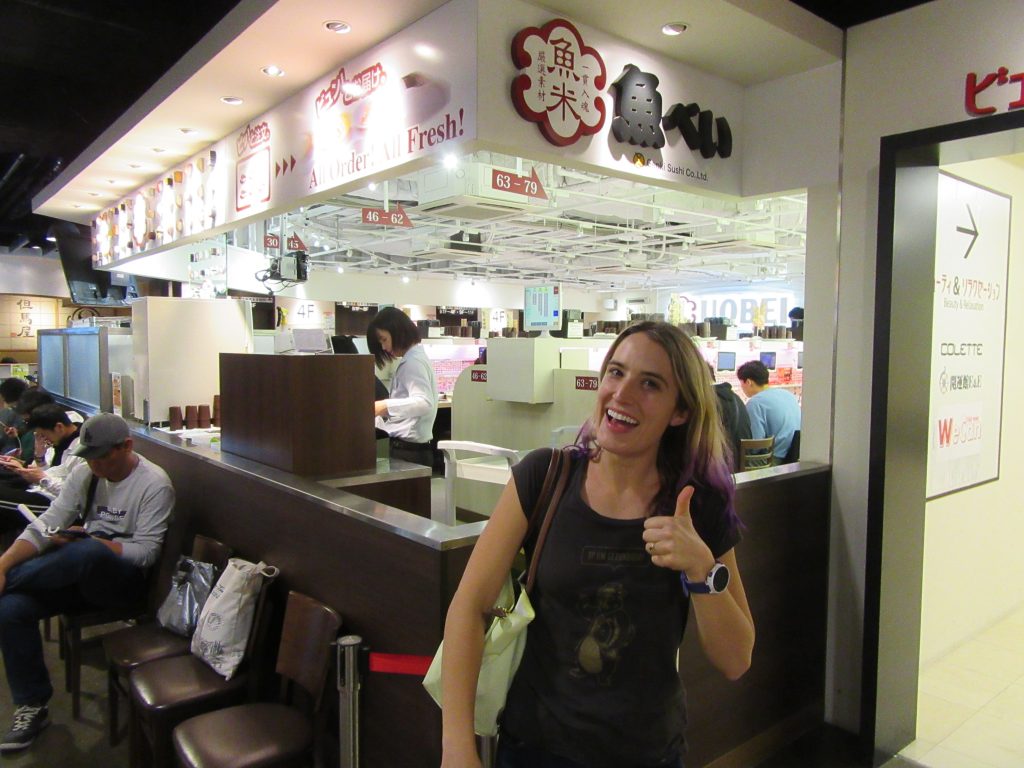
Landing in Fukuoka was a trip down memory lane. The bright lights and tall towers reminded me of my years in Korea. Eric and I even ended up eating in the same small Sushi restaurant I had explored with my fellow English teachers in 2009. It hadn’t changed, down to the mini race cars delivering sushi on tracks. One large change that I did notice in the city was a lack of cabs. Taxis in Fukuoka are topped with distinctive large shaped lights that advertise their company. These lights are shaped like all sorts of things from pandas or traditional drums. The rise of rideshare companies changed the feel of the city as you are no longer greeted by what could be mistaken for a parade the moment you step outside of the train station.
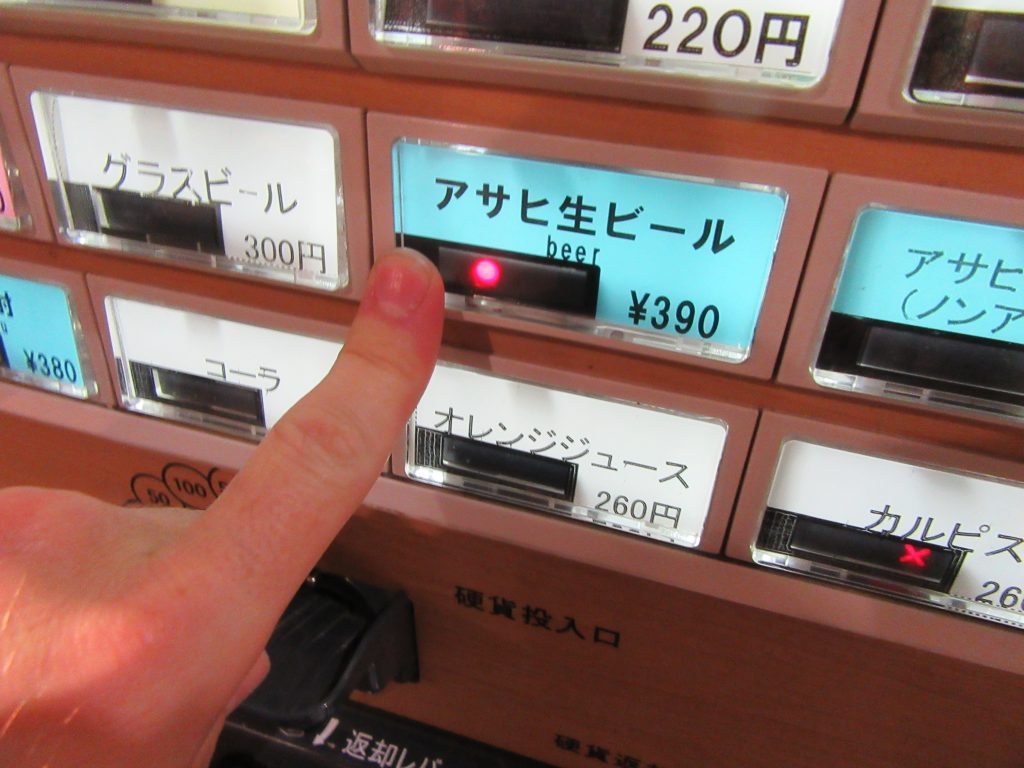
My accommodations had also changed since my last visit, this time being upgraded to a hotel instead of an AirBnB or hostel. Eric and I rarely stay at hotels when we travel. I don’t prioritize spending money on accommodation when that money could be spent elsewhere. Have I mentioned we’re planning a wedding? However, I wasn’t about to turn down a few expensed nights in a chain hotel if I had the excuse to be pampered for a while. I was used to Japanese politeness and hospitality, yet I was startled when the women who walked us to the elevator held a deep bow while the doors closed to take us up to our room.
The most indulgent part of staying in a hotel was the breakfast buffet which had Western, Japanese and Chinese breakfast staples. Before traversing the city I would stuff myself with everything from congee to freshly made crepes to Tarako, pollock roe which is a local specialty. Is this why people pay to stay in hotels?
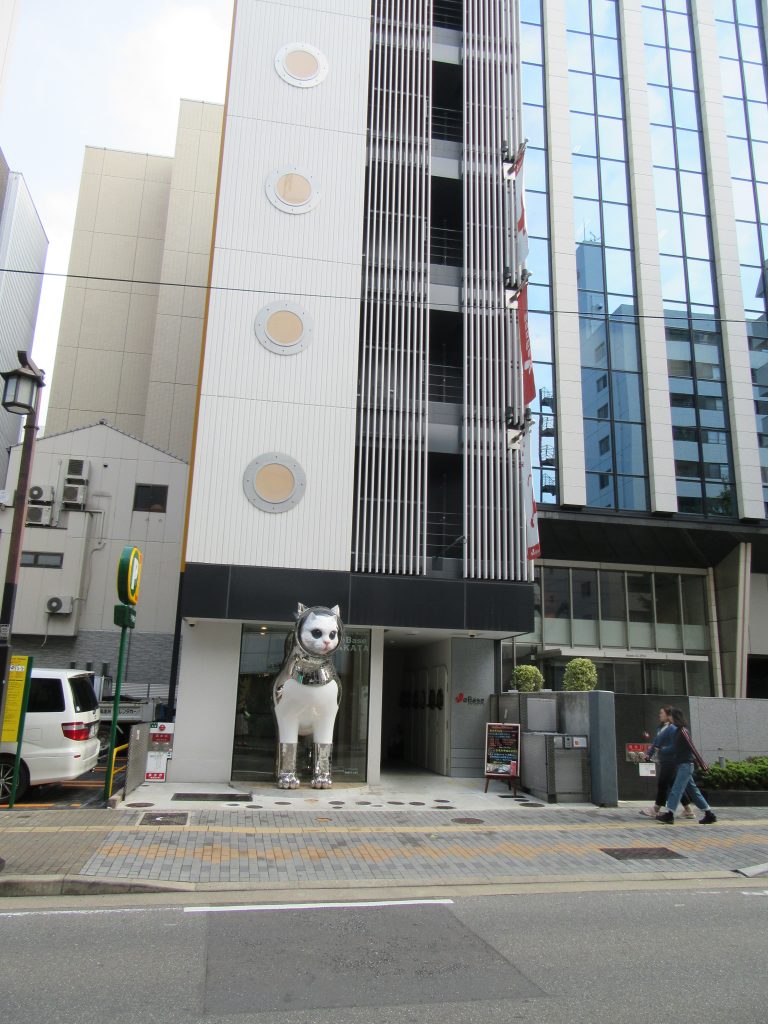
The three days while Eric was making waves in the world of electrical engineering, I was walking around Fukuoka city exploring endless shopping malls, serene Ohori Park and closed-to-the-public fish markets. Fueled by my excessive breakfast and pit stops at my beloved Lawsons, I allowed myself to simply walk around the city taking pictures of Buddhist Shrines, Taoist Temples and gigantic space kitties. At night, Eric and I would walk around the covered shopping arcades slurping ramen and shopping at the 100 yen shop. Oh Japan, how I have missed you.
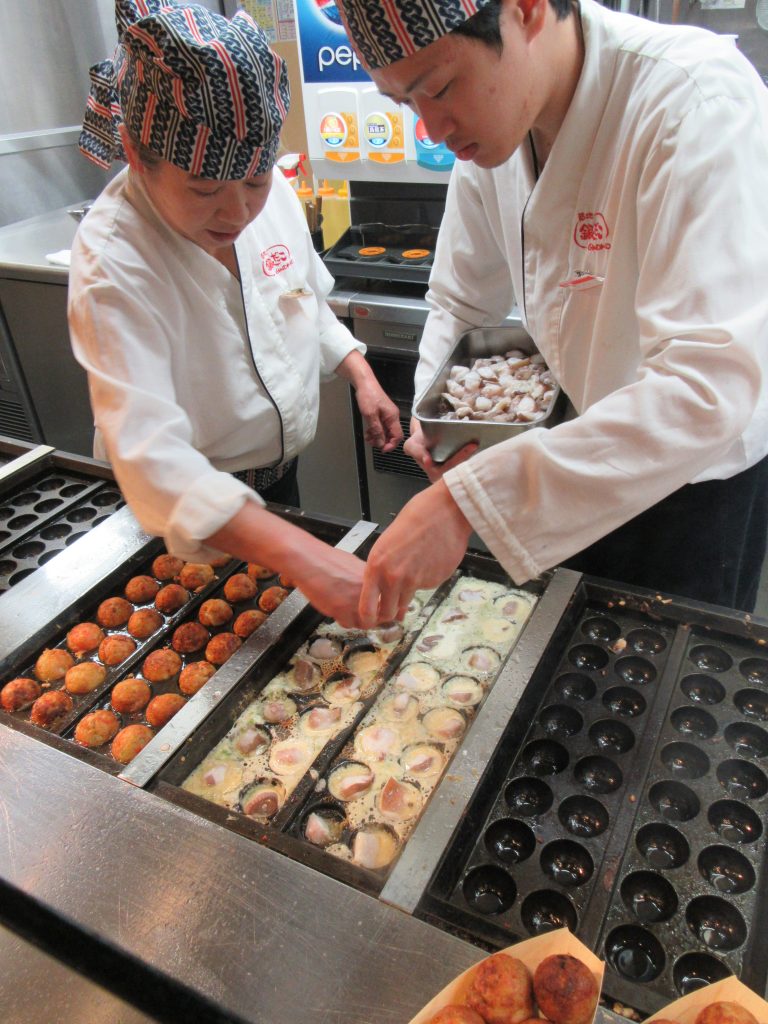
When the conference was over we rode the high-speed train from Fukuoka to the old colonial town of Nagasaki. Nagasaki is one of my favorite places in Japan. Small enough to explore by foot and with a rich history that makes it unique. Nagasaki has been influenced by Portuguese culture since 1543 with the arrival of traders. Soon after the Jesuits arrived in 1549. In the following years, Nagasaki grew to be the center of Catholicism in Japan. By 1611 the majority of the city identified as Catholic and there were ten Japanese-led churches. This was not to last as Catholicism was outlawed in 1611, the missionaries were expelled, the converts executed and the nation closed to outsiders.
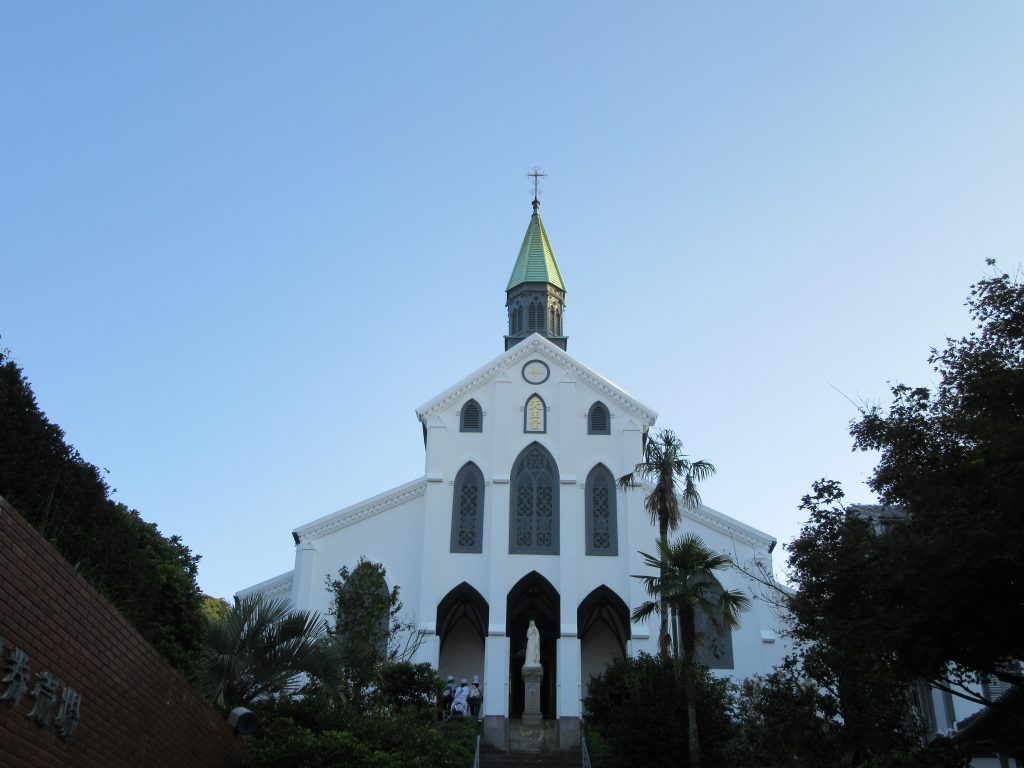
After foreigners were ejected from Japan, Nagasaki’s tiny artificial island Dejima was the only point of trade between Japan and the western world. This started in 1641 and lasted for nearly 200 years. This meant that Nagasaki was the first place in Japan to experience many western imports including – of great interest to me – beer. Nagasaki’s history means that travelers will find hundred-year-old trolley cars, castella cake bakeries, and Catholic cathedrals. All with a relaxed small town feel which is a world away from Tokyo.
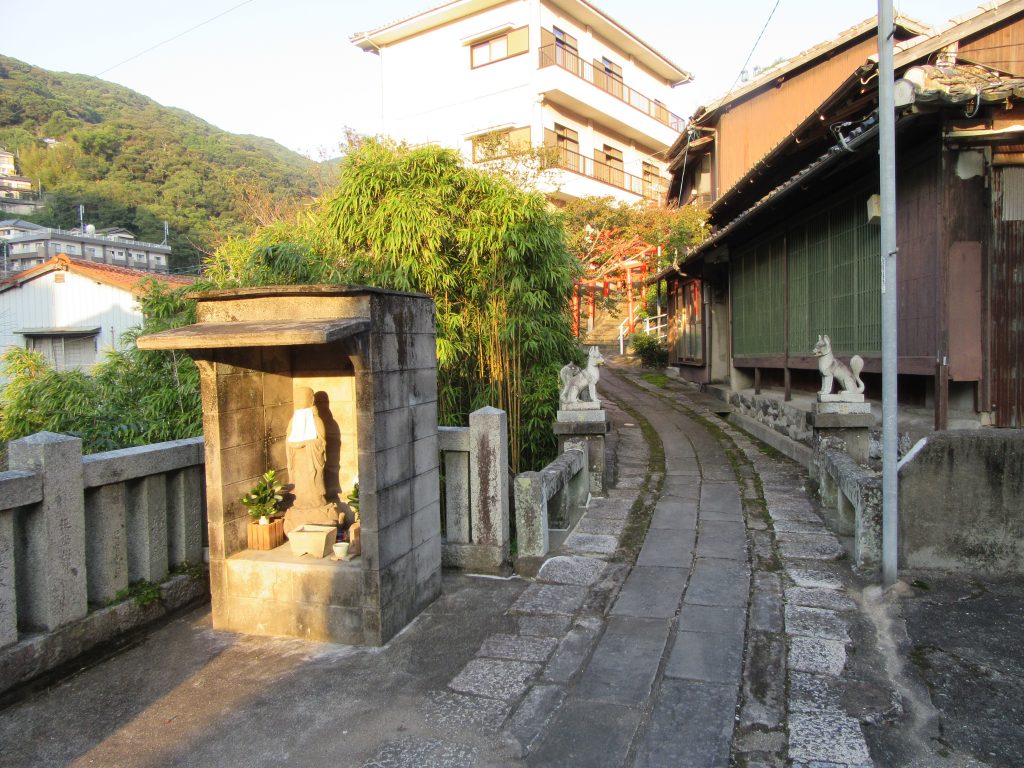
Eric and I stayed in a traditional ryokan guest house at the end of the trolley line. Hidden up a winding path past a cemetery and though a tori gated shrine the magic of finding the way to our room more than made up for the simple accommodations and a shared bathroom.
If you find yourself in Nagasaki for 48 hours, never fear being unable to see most of the cities best attractions. I recommend watching the sunset from Suwa Shrine. The best people watching in Nagasaki can be found on the steep street leading up to the Basilica of the Twenty-Six Holy Martyrs of Japan. The oldest church in Japan was built in 1864 and the street up to the church is surrounded by shops and school groups taking selfies. Seeing a fairly nondescript church treated like a major tourist attraction will snap you out of your remaining bubble. If you are on the lookout for a novel souvenir, check out 長崎の猫雑貨 a cat-themed boutique near the famous spectacles bridge. Of course, Peace Park and the Nagasaki Atomic Bomb Museum are both sobering must-sees. Hopefully, you’ll catch a children’s tour group like we did, giving both hope and gravity to the experience.
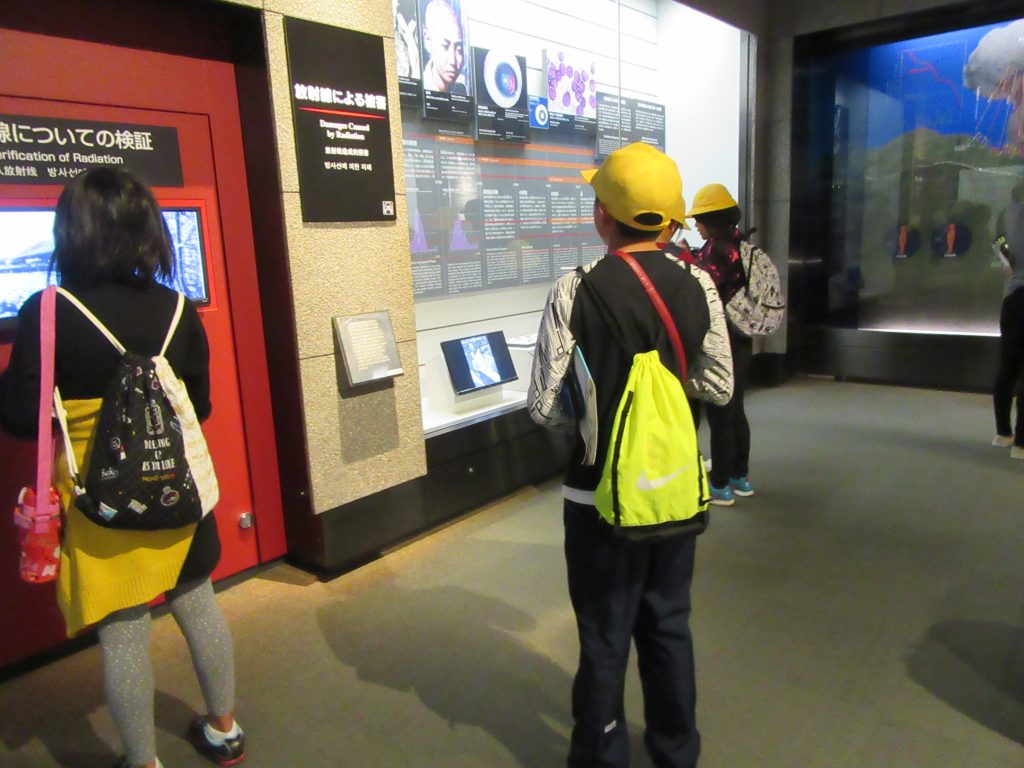
We left Nagasaki and returned to Fukuoka to use as a base for our final few days in the country. One of the day trips we took off to Kitakyushu, just an hour away but via three different types of trains, Kitakyushu is located in the northeast corner of Kyushu and is a smaller metropolitan region with under one million residents. We didn’t make plans for Kitakyushu and spent our morning browsing the Moji Port Retro Area’s market and 1900’s buildings after snacking on even more Lawson’s onigiri; we looked up local attractions and decided on a whim to go to the TOTO Museum. If the name TOTO sounds familiar for more than Dorothy’s pup or Rain in Africa, that’s because TOTO is the name of a toilet company. Sorry, I should know better now after going to the Museum, TOTO is the manufacturer of high-end hygienic porcelain products. TOTO’s headquarters is a modern architecture building with a well-done museum on the second floor. The staff greeted us with such kindness and excitement, giving us a private tour and quizzing us about where we were from. “Oh, Texas! Houston Astros number one!” Despite the subject matter, our trip to the TOTO Museum was one of the highlights of our trip. Of course, I used the bathroom during my visit and I highly recommend you do the same.

Another highlight of our time in Kitakyushu was Futsukaichi Onsen. This Onsen or public bathhouse draws its waters from a hot spring with 1,300 years of regional history. As we paid our entry fee and separated into the men and women sections, I felt myself getting a little choked up. I had deeply missed Korean Jjimjilbangs and couldn’t believe how emotional it felt to sit on a little plastic stool and dump hot water over my head again. It was Eric’s first experience atan onsen and I am pleased to say he loved it! Chatty old dudes and all.

Finally, we ended our trip with a pilgrimage to Dazaifu Tenmangu, which enshrines the Shinto deity of education. Built in 1591, this 3,000-acre shrine is one of the most famous shrines in Japan. The shrine is dedicated to a famous scholar who died in exile. This connection with scholarship makes the shrine an attractive destination for students who buy fortune-telling papers in a wooden tube with distinctive bird design. We bought one and then a few months later I started taking graduate courses. Coincidence?
Our trip to Southern Japan was short but extraordinarily memorable. I hope whoever you are that’s reading this, even if it’s only future me, this encourages you to take that vacation time, leave your neighborhood and explore something new.
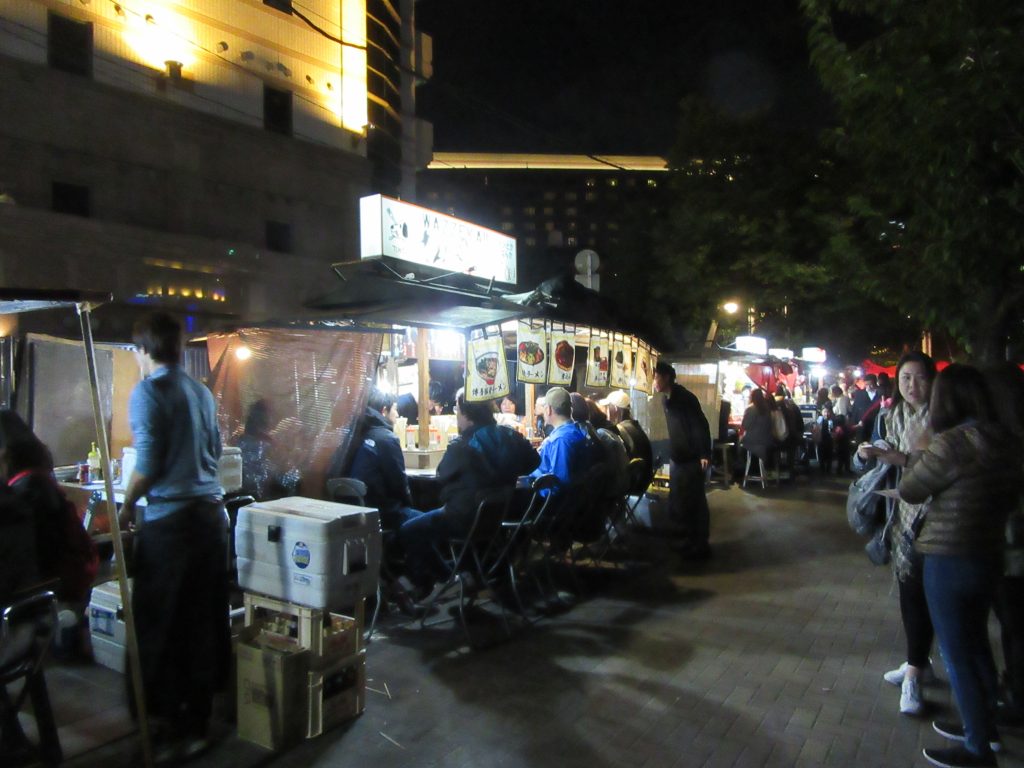

Be First to Comment